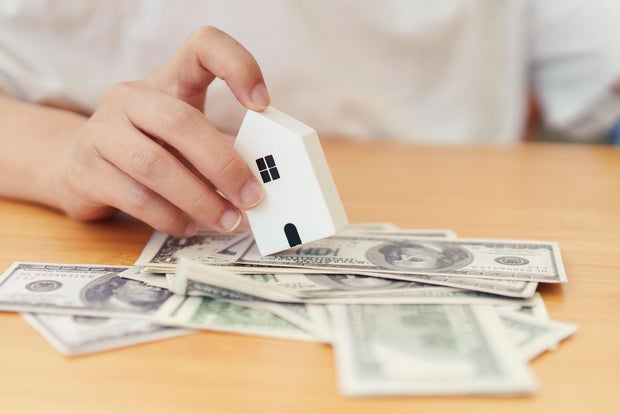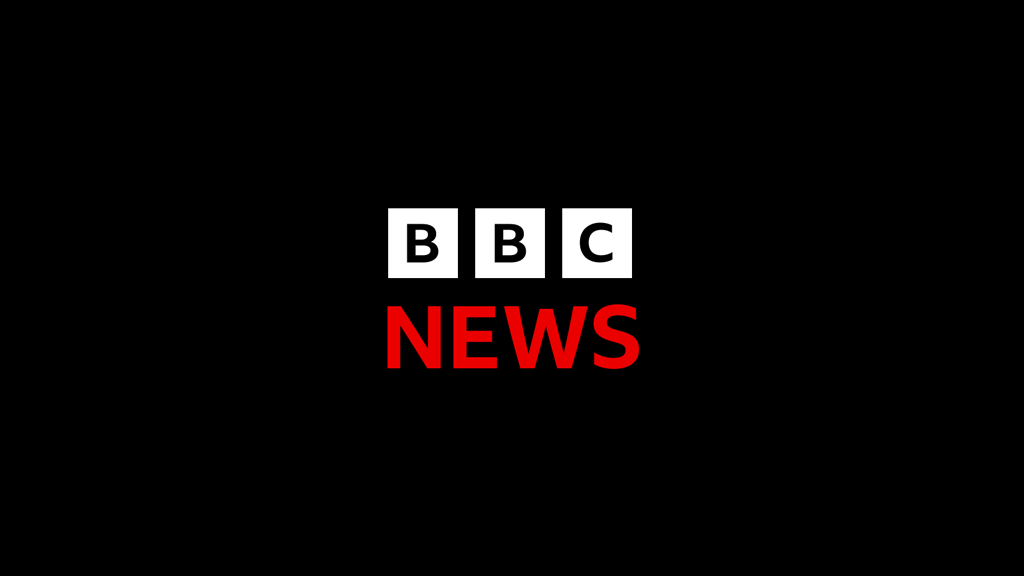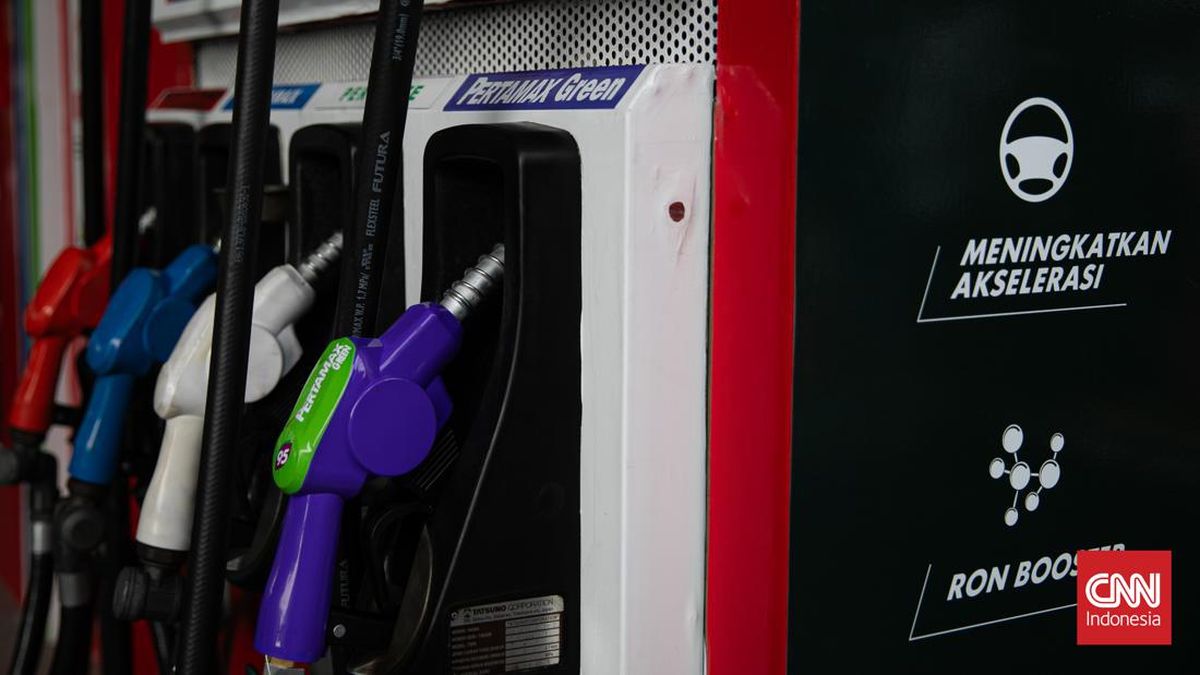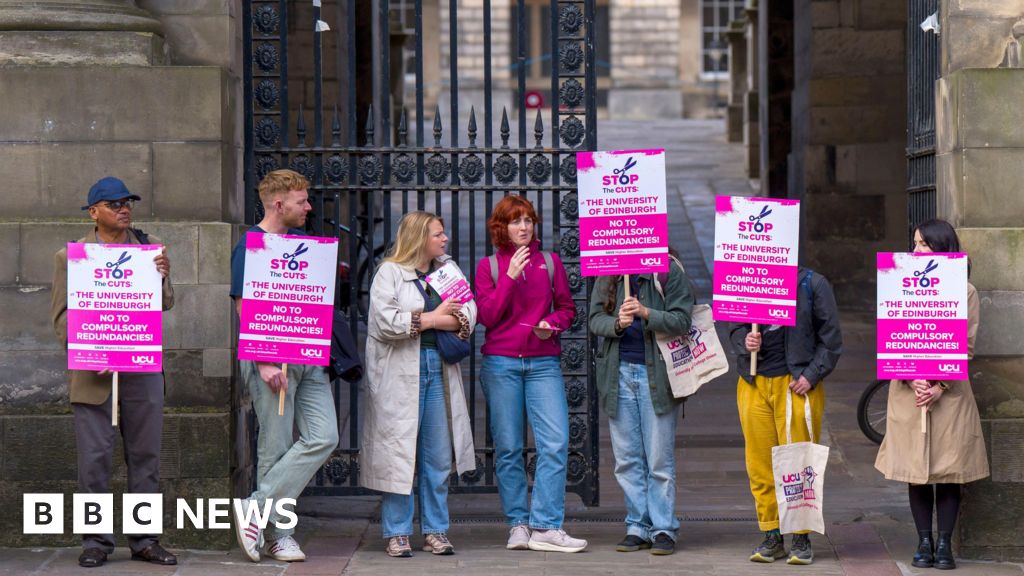 Home equity borrowing costs have hit two-year lows, creating a potential window for homeowners seeking cash.
TEERAYUT CHAISARN/Getty Images
Home equity borrowing costs have hit two-year lows, creating a potential window for homeowners seeking cash.
TEERAYUT CHAISARN/Getty Images
Homeowners received some welcome news this week via falling home equity borrowing rates, which dropped to their lowest point since 2023. According to Bankrate's national survey of lenders, the average rate on a $30,000 home equity line of credit (HELOC) slipped five basis points to 7.84% this week, while the benchmark five-year $30,000 home equity loan dropped six basis points to 8.15%. As a result, home equity borrowing is more affordable across the board than it has been in the last couple of years.
And, while those five- and six-basis-point drops may seem modest on paper, the reality is that in today's elevated rate environment, even small rate movements can make a meaningful difference in terms of what homeowners pay to borrow against their home equity. And, with the average homeowner currently having over $300,000 worth of home equity, today's home equity loan and HELOC rates could equal hefty savings for the right type of borrower.
But is now really the moment to act if you've been waiting to tap into your home's equity? Below, we'll break down what homeowners should consider as they weigh their options.
Find out how affordable your home equity borrowing options could be now.
Should homeowners take action now with home equity rates falling?
For homeowners who've been considering a HELOC or home equity loan, this latest rate movement could signal an opportune moment to move forward. Here's why:
Future rate cuts are likely, but they aren't guaranteed
This decline in home equity rates comes on the heels of the Federal Reserve's first rate cut of 2025, which has rippled through lending markets. While HELOC rates are closely tied to the Fed's benchmark rate, home equity loan rates are influenced by longer-term borrowing costs, such as bond yields. Both have trended downward recently, giving lenders room to lower rates.
However, there's no guarantee this trend will last. Economic data remains mixed, inflation is still above the Fed's 2% target and future rate moves will depend heavily on how the economy evolves in the coming months. While more Fed rate cuts are expected before the end of 2025, they're not guaranteed. If inflation flares back up or economic growth surprises to the upside, for example, borrowing costs could climb again.
By locking in a fixed home equity loan rate now while rates are favorable, though, homeowners may be able to hedge against potential reversals later. And, those opening a HELOC in today's rate environment will benefit from any future rate cuts that occur, as the variable rates on these products will both rise and fall with any subsequent rate changes that occur.
Compare today's top home equity and HELOC rates to find the right fit.
Using home equity is still cheaper than other borrowing options
Even at today's slightly lower levels, home equity borrowing isn't "cheap" by historical standards. But compared to credit cards or personal loans, this type of borrowing offers a significant interest rate advantage, so if you need to borrow money now, a home equity loan or HELOC is likely the most affordable option..
For example, the average credit card APR for accounts assessed interest is hovering above 22% currently — a new record. And, while personal loan rates are lower for borrowers with strong credit, they're still sitting at over 12% on average. Against that backdrop, a HELOC at 7.84% or a home equity loan at 8.15% is attractive, especially if you're planning to borrow a larger sum or pay off the balance over several years.
That interest-rate differential can translate into substantial savings. For example, on a $30,000 balance, the difference between a 22% APR and an 8% home equity rate could amount to thousands of dollars in interest over time. So, for homeowners with significant equity, leveraging that value can be a smart, lower-cost way to meet financial goals, especially now that rates are lower.
Equity levels remain strong, giving owners more borrowing power
Another factor working in homeowners' favor: today's elevated home values. While the pace of home price growth has cooled in some markets, most homeowners have seen their property values appreciate significantly over the past few years. As a result, homeowners collectively hold trillions of dollars in tappable equity.
That matters because strong equity positions generally translate to better loan terms. Lenders are more willing to offer competitive rates and favorable conditions when your loan-to-value ratio is healthy. And, with the economic uncertainty that's looming, now may be one of the best times to leverage your equity before market dynamics shift. Waiting for rates to drop further while your equity position potentially weakens, though, makes little strategic sense.
The bottom line
Home equity borrowing costs are moving in the right direction. While no one can perfectly time the market, today's slightly lower HELOC and home equity loan rates could make this an opportune time for homeowners to act, especially for those looking to refinance high-rate debt, fund improvements or access cash strategically.
That said, borrowing against your home is a serious decision. Before applying, it makes sense to assess your overall financial picture, compare offers from multiple lenders and consider whether a fixed-rate home equity loan or variable-rate HELOC makes more sense for your situation.
Angelica Leicht is the senior editor for the Managing Your Money section for CBSNews.com, where she writes and edits articles on a range of personal finance topics. Angelica previously held editing roles at The Simple Dollar, Interest, HousingWire and other financial publications.


















































